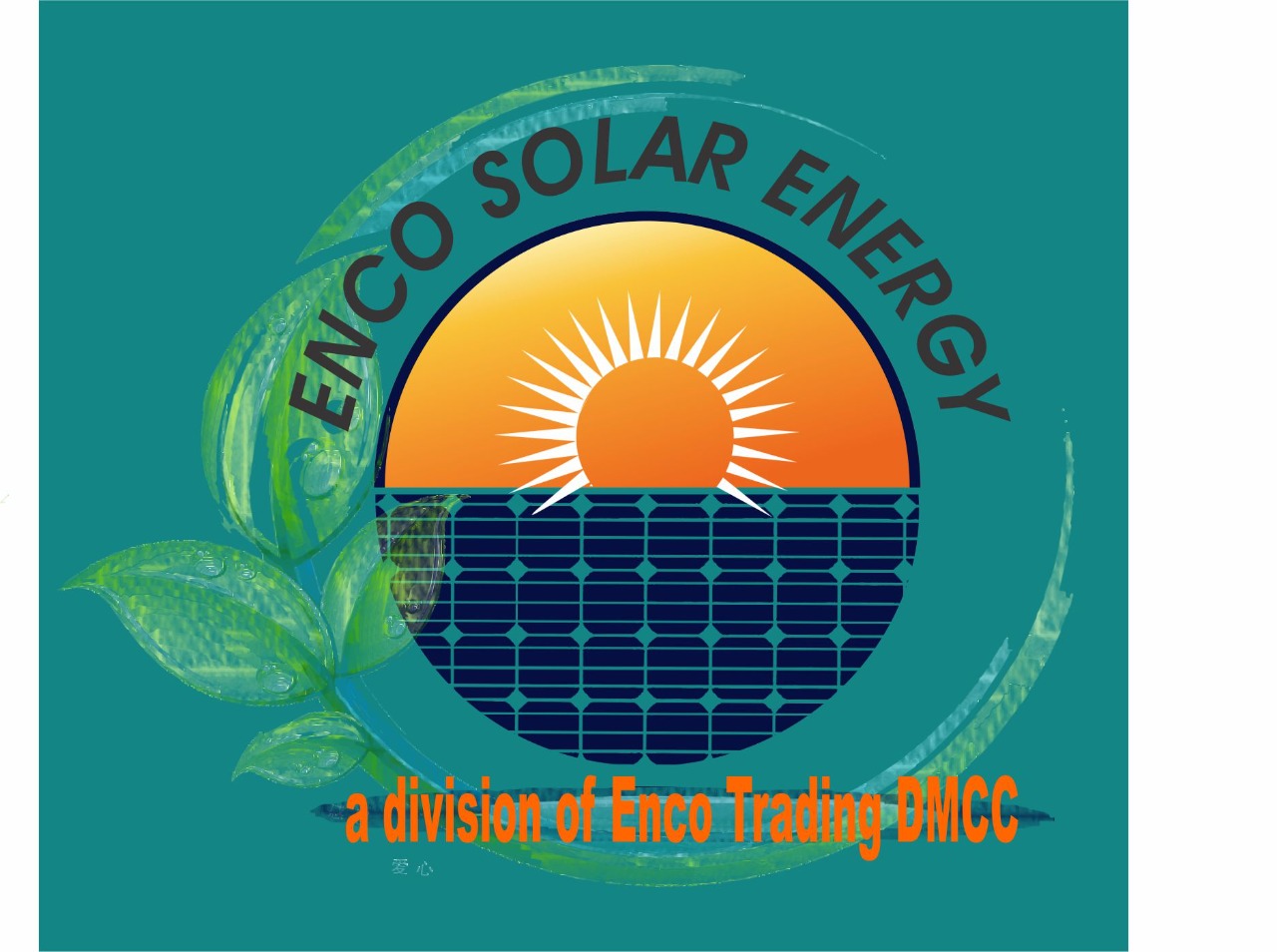What are the main components of a solar energy system?
What are the main components of a solar energy system?
A Solar Energy System is a renewable energy generating system that collects photovoltaic energy from the sun and converts it into usable electricity. Often found as roof-top PV arrays, these systems can range in size and are able to power different types of properties - such as residential, commercial, and utility-scale zones.
Following are the core components of all Solar System installations
Solar Panels
Solar Power System Disconnects
Solar Inverter
Solar Racks and Mounts
Charger controllers
Solar Power Meter
Solar Batteries
Wiring
SOLAR PANELS
Solar panels convert sunlight into electricity through a process called the photovoltaic effect. During this process, solar panels collect electrons from the sun’s light in the form of direct current (DC) electricity, which then pass through the inverter to convert into usable AC electricity.
Individual panels are made of up several solar cells, which are silicon wafers that are wired together and held in place by the Backsheet, frame, and a pane of glass.
SOLAR POWER SYSTEM DISCONNECTS
Solar power system disconnects are the electrical switch that controls your system. The system disconnect allows you to cut off the power output from your solar array. You may need to do this from time to time if repairs or solar panel maintenance are required. Or if there is an issue or damage to the solar system.
SOLAR INVERTERS
Inverters are a crucial part of any solar energy system. Their purpose is to convert the DC electricity that the solar panels produce into 240V AC electricity, which is what powers everything in your home. The inverter is a hardworking piece of equipment that works constantly throughout the lifetime of your system – so it tends to be the piece most likely to have faults. This means they usually only have a warranty of around 10 years.
SOLAR RACKS AND MOUNTS
Racks and mounts aren't electrical components, but they're essential to your solar system, nonetheless. The racks and mounting attach your solar panels to your roof or mount them in the ground. The racking quality is critical, and the correct installation is even more vital. If panels are mounted at the wrong angle, the efficiency of your system will suffer.
CHARGE CONTROLLERS
Charge Controllers work to regulate electrical charge and they limit the rate at which electric current is added to or withdrawn from the Batteries. They work to control voltage and watts from Solar Panels; thus, passing through more stable energy, preventing overcharging, and protecting against overvoltage - which can hinder and reduce Battery performance or lifespan.
SOLAR POWER METER
Another optional component is a solar power meter, also known as power system metering. A solar power meter allows you to monitor how much solar power your panels supply to your home. A power meter helps you understand and monitor the performance of your system. If needed, you can troubleshoot, adjust, or repair your system to achieve maximum efficiency.
SOLAR BATTERIES
Solar batteries are an optional component in a solar power system. Solar batteries, like other batteries, store energy for later use. A solar battery is used as storage for the power generated during the day, so it can be used throughout the night when there is no sunlight to generate power. If you want or need to store a large amount of energy, you can use more than one battery, known as a battery bank.
WIRING
Wiring acts to ensure other solar energy components are interconnected and can pass energy from one device onto another. PV Wire is commonly used to move energy from the Solar Modules to the Inverter(s), and then be transformed to be sent for another product within the photovoltaic array supply chain.
Wires will generally be made of aluminum or copper, be solid or standard, are insulated, and meant to either pass through DC current or AC current depending on where they are positioned and connected.
